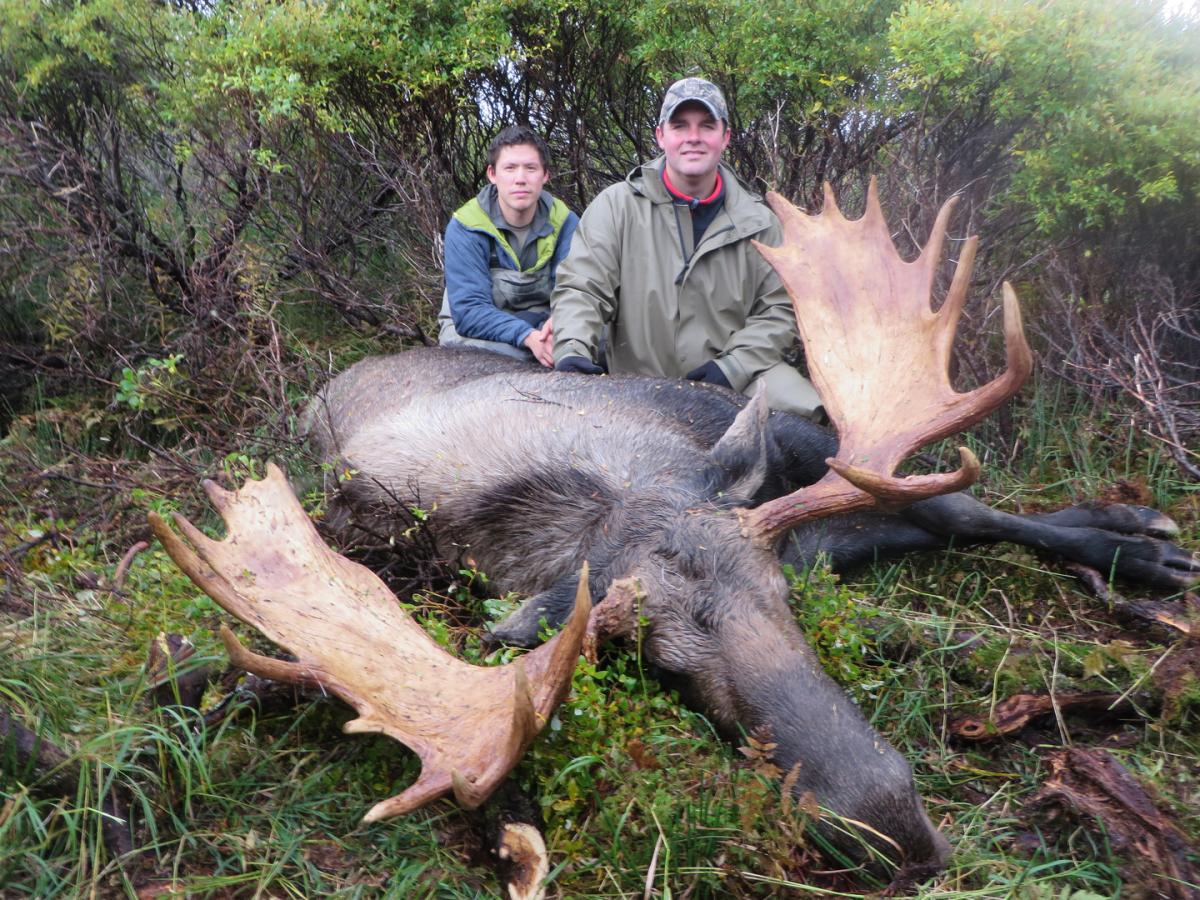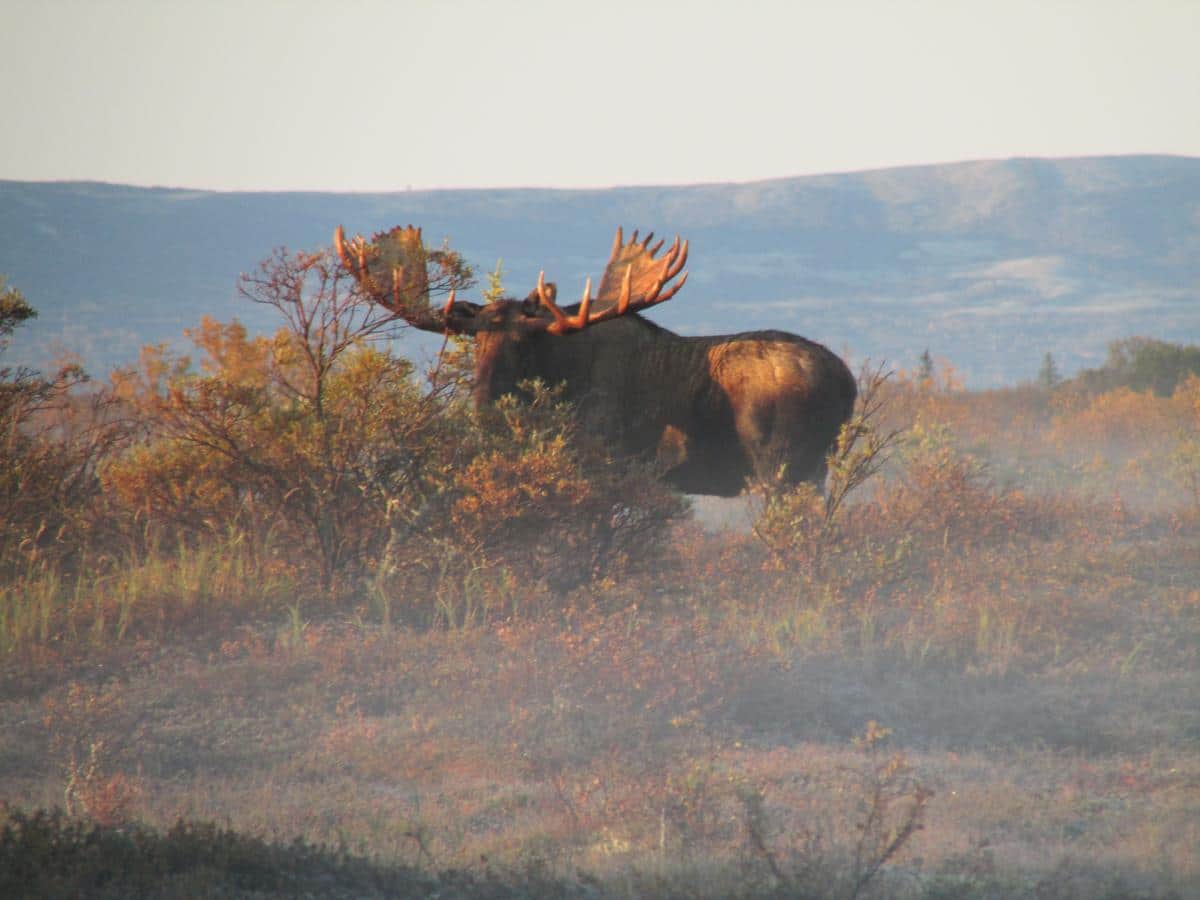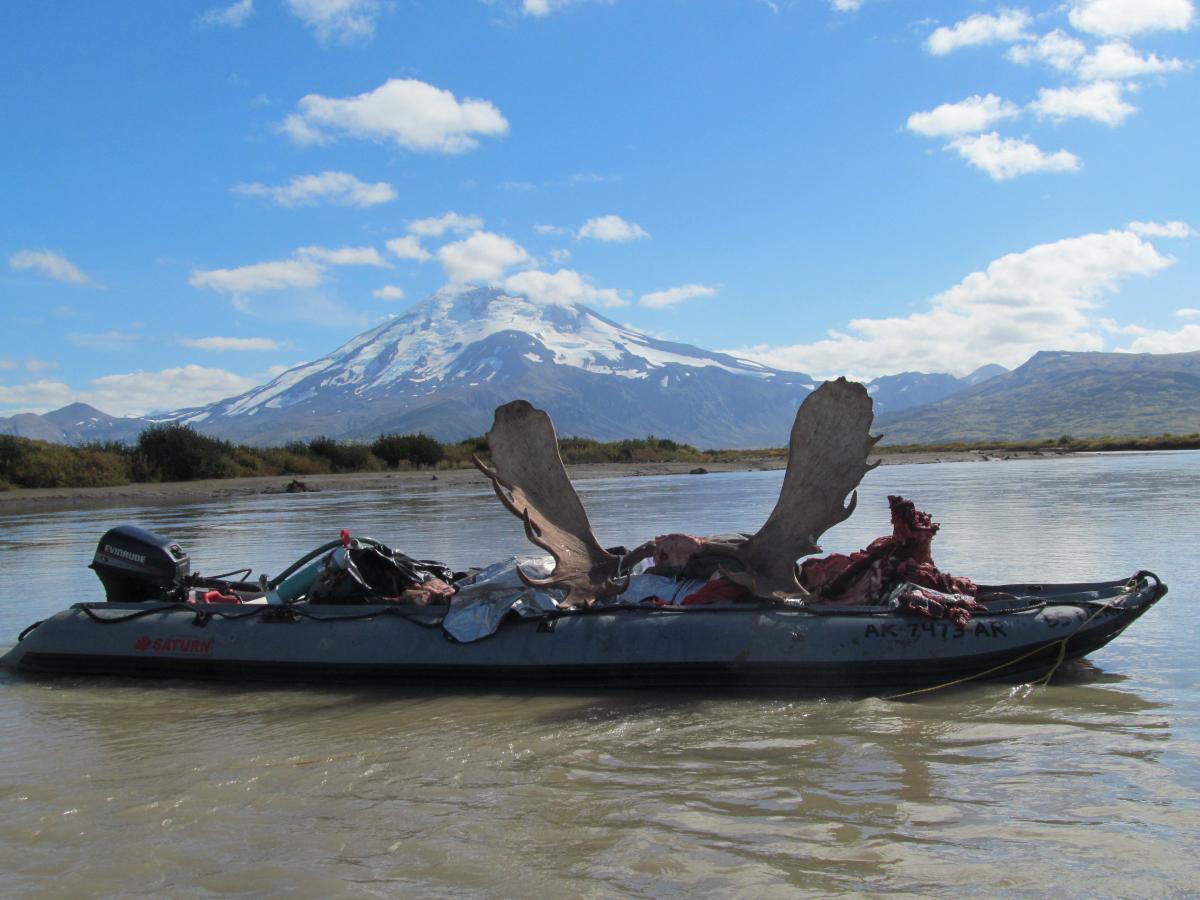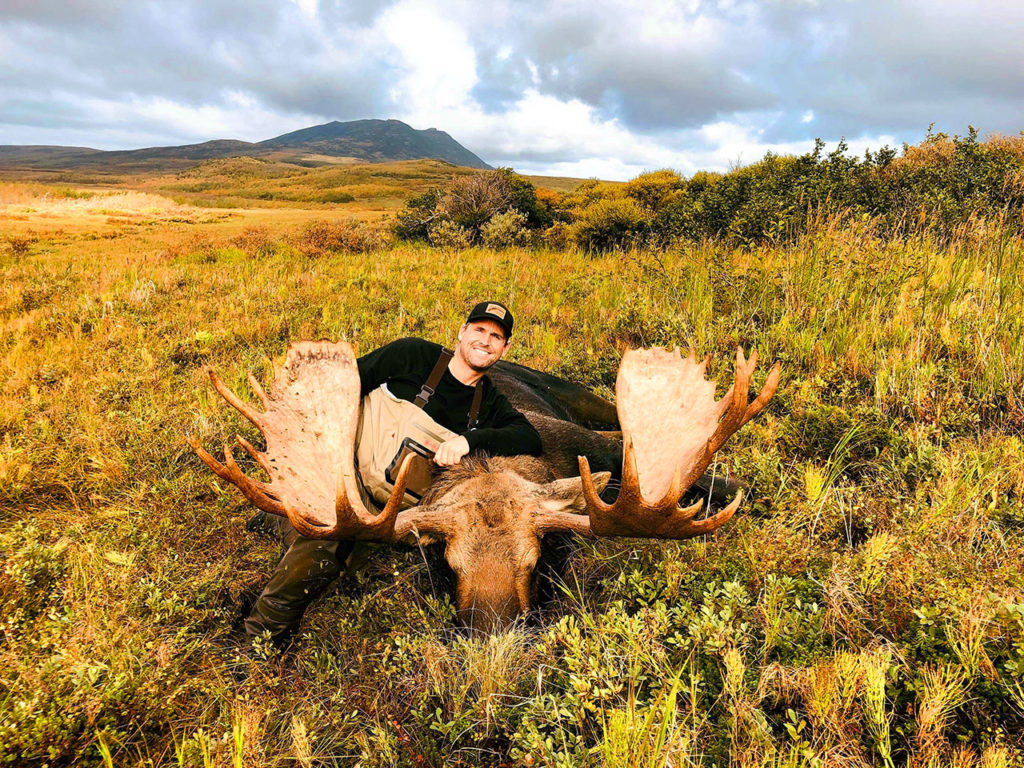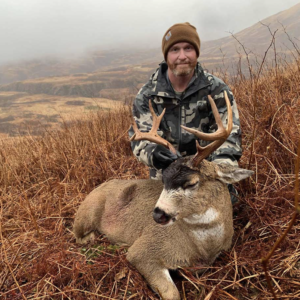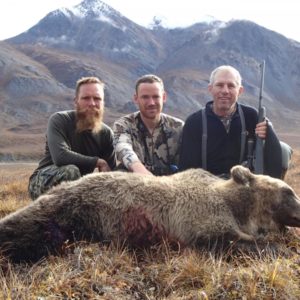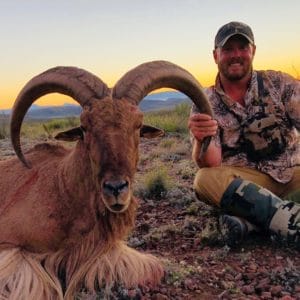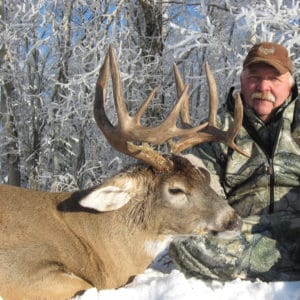Alaska Moose Hunt 10656
The Alaska-Yukon Moose is a magnificent creature, holding the title of the largest antlered game in the world. These majestic bulls boast antlers that can range from 58 to a staggering 70 inches or more, with an adult bull tipping the scales at a colossal 1600 lbs and providing up to 800 pounds of delectable meat. Most prized among hunters are moose in the 60 to 65-inch range, a sight that’s often considered the most beautiful trophy a hunter can hope to achieve. The Alaska Peninsula, where this outfitter guides, is home to some of the most pristine moose habitat and populations, consistently producing excellent trophy quality.
Moose hunts unfold each fall from September 10th to 25th, characterized by the thrilling pursuit of spot-and-stalk hunting, with a strong emphasis on calling. High points overlooking lush “moosey” habitats, featuring willows, swamps, and cottonwood patches, serve as prime locations for glassing and calling. Calling, when executed properly under the right conditions, can draw moose from distances exceeding 2 miles, with these magnificent creatures often answering the call and approaching the glassing hill. The hunt requires patience, but the reward is unparalleled: the exhilaration of watching a large old bull moose respond to your call is an experience like no other.
The adventure begins with your arrival in King Salmon, where you’ll be equipped with permits, licenses, and tags. From there, a float plane transports you to the heart of the hunting area, landing on pristine lakes. Your cozy spike camp, complete with 4-person Bomb Shelter tents, cots, and lanterns, ensures a comfortable stay. Meals include hearty groceries, fresh-caught salmon, burger, moose, chicken, pasta, and more. The hunt unfolds with daily ascents to high vantage points for moose observation, supported by a small Kodiak-style raft for lake and creek travel, offering great mobility and access to moose that would otherwise be unreachable. Upon harvesting the moose, it is skillfully processed, with the meat, bone-in, carefully packed back to camp, followed by the hide and antlers. This marks the culmination of your extraordinary moose hunt, an experience etched into memory forever.
Accommodations: Tent
Hunting Days: 11 Days
Trophy Class: Mature Bulls
Weapon: Rifle
Style of Hunt: Spot & Stalk
Public Limited Access Land
1 on 1
Aggressive Physicality
Draw Tags
